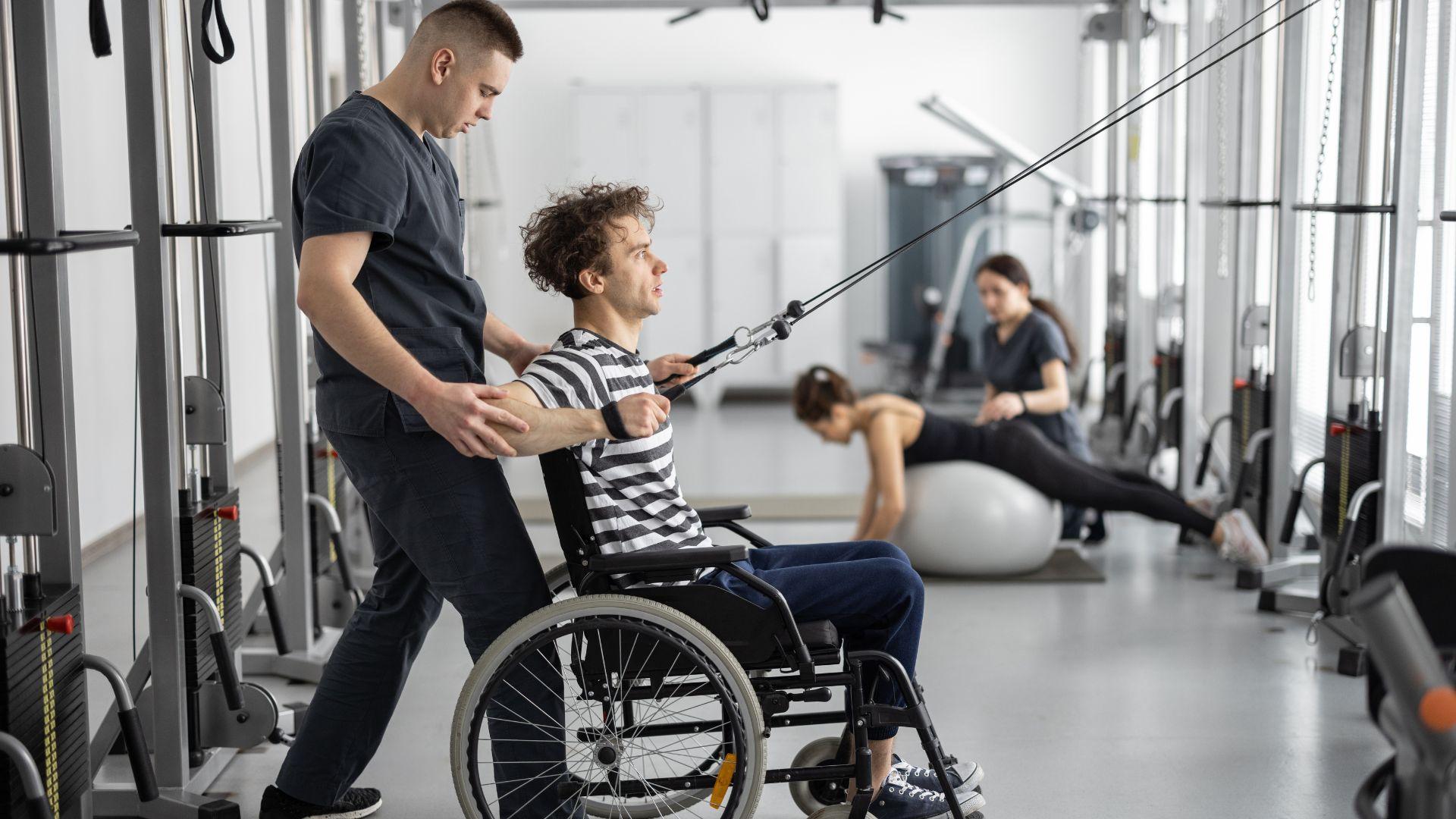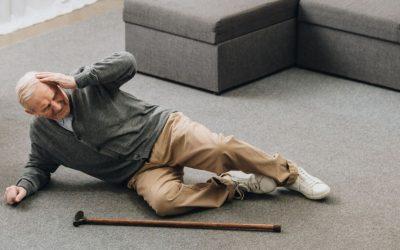Every day, we work with people who do not let their disability define them.
But when it comes to exercise, we see one very big mistake.
They let their inabilities define their exercise.
Their exercise program becomes pigeon holed, with overly modified movements and a lack of range and variety.
If your program is being prescribed by a professional, we can see why this is the case. All too often, we see people being placed in ‘cotton wool’, being ‘handled too carefully’. Now sure, there are unique challenges to work around, but if exercise is overly watered down to the point of it being easy, the benefits of the exercise will be limited.
There’s a better way.
Instead of starting building an exercise program by identifying what someone cannot do, start building an exercise program around what almost everyone can do.
It may seem counter intuitive, but the initial aim should be to enable people to exercise as normally as possible. This is important, because the world can be challenging to navigate, and the less modified the exercise program, the better it will prepare the individual to face that world.
So, for the first stage of creating an exercise program, the program should be constructed for someone not living with a disability. This may seem counter-intuitive at first, but it’s an important first step. It ensures that the program will have all bases covered.
Then, and only then, do we start to modify the movements, and we do so by making the absolute smallest modification possible that allows the individual to achieve it.
Let’s look at a case study to illustrate this concept.
Angela (not her real name) has worked with us for some time now. She’s wheelchair-based and is unable to stand without assistance from us or her carer.
Conventional wisdom would suggest that squats are out of the question, but at the first stage of constructing her exercise program, we include them.
Because ultimately, that is the point we’d like to move towards in the far future.
We then work our way backwards, modifying this exercise to the most advanced version of that squat that we can. For Angela, this meant applying pressure to the ground with her feet (propelling her wheelchair backwards) to give the same muscle activation patterns as a squat.
Then, in time, Angela was able to progress to lifting her body slightly out of her chair with some assistance from her upper body. Next, we increased the height she was able to lift herself to, eventually resulting in her being able to pull herself to standing with a combination of upper and lower body strength.
We’re now very close to a squat – the ability to stand from a chair.
And all this because we refused to dilute Angela’s exercise program and the movements in it.
We all deserve to be able to interact physically with the world in the best way we can.
Ensuring the optimal level of challenge during exercise is a big stride towards this.
Range of Motion, in Osborne Park, provides Exercise Physiology Services for NDIS participants. An exceptionally high standard of one-on-one expert care, in a safe, friendly environment. Learn more about our exercise programs for NDIS participants.





